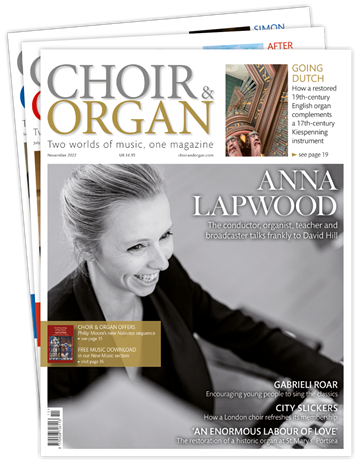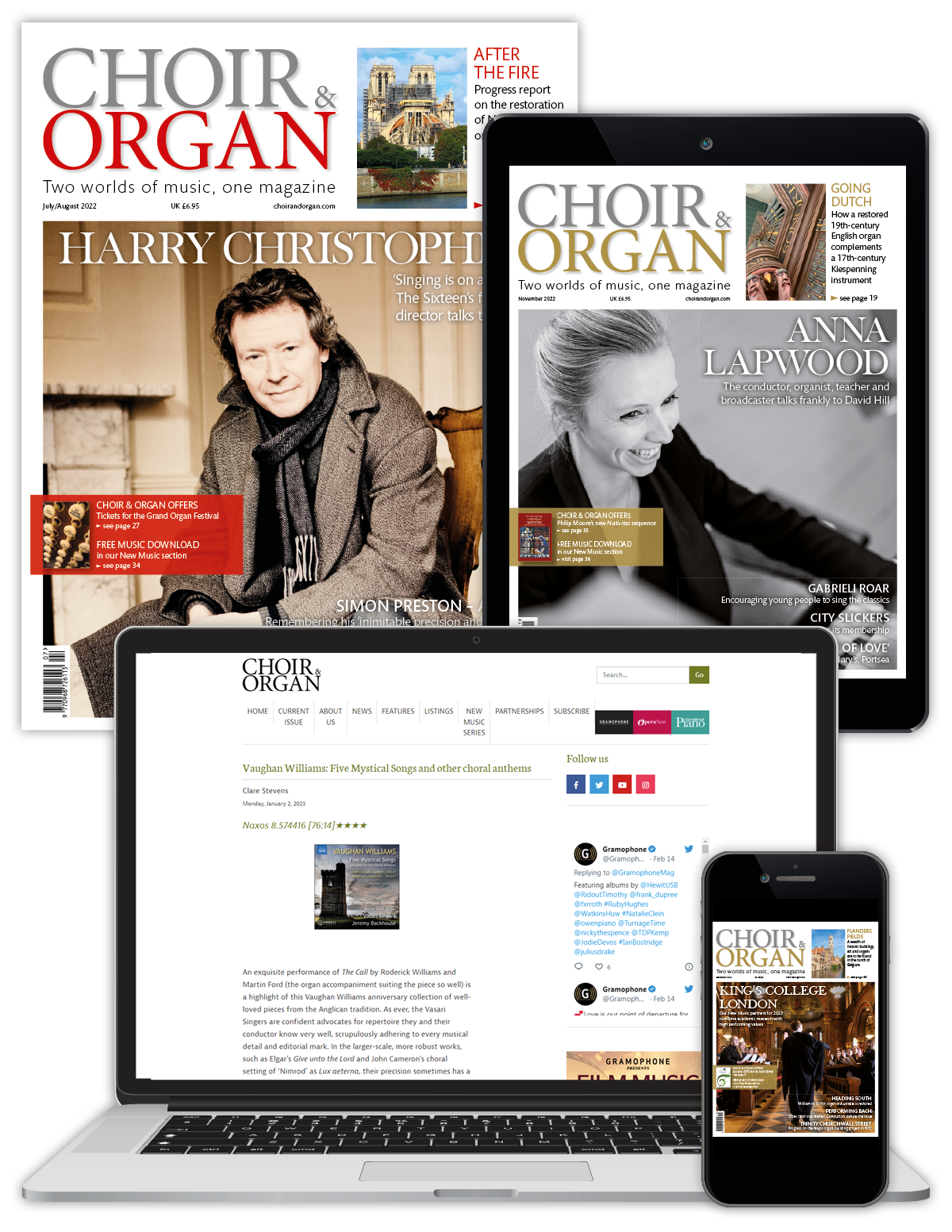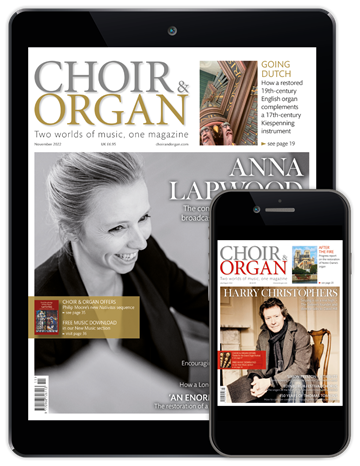Work in progress: J.L. van den Heuvel Orgelbouw
Paul Hale
Sunday, April 2, 2023
Paul Hale explores projects from the workshop of J.L. van den Heuvel Orgelbouw, Dordrecht, Netherlands. Photos courtesy of the organ builder
Register now to continue reading
This article is from Choir & Organ. Don’t miss out on our dedicated coverage of the choir and organ worlds. Register today to enjoy the following benefits:
- Free access to 3 subscriber-only articles per month
- Newly-commissioned sheet music to download from our New Music series
- Unlimited access to Choir & Organ's news pages
- Monthly newsletter






